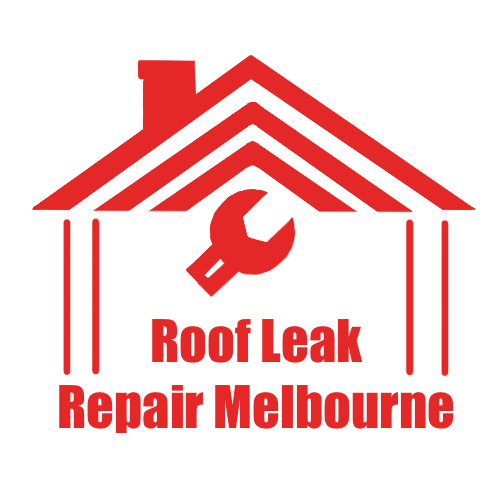Roof truss design is a pivotal element in construction and architecture, focusing on crafting sturdy frameworks that adeptly distribute loads across roofs. Trusses, made from wood or metal, are meticulously engineered to guarantee lightweight yet robust structures, enhancing stability and energy efficiency. They offer unparalleled design flexibility, accommodating various roof shapes. Understanding the nuances of different truss types and their advantages opens a world of possibilities for creating both functional and aesthetically pleasing structures. Explore further to reveal more insights.
Highlights
- Roof truss design involves creating a framework that distributes loads evenly across a roof structure for maximum strength and stability.
- It utilizes triangulated shapes to ensure durability and efficiency, allowing for larger spans without compromising integrity.
- Various types of trusses, such as King Post and Fink, cater to different architectural needs and aesthetic preferences.
- Trusses can be prefabricated, expediting construction and reducing labor costs compared to traditional rafter systems.
- Accurate measurements are crucial in truss design to meet structural requirements and comply with local building codes.
Properties of a Roof Truss
Although roof trusses are often viewed merely as structural elements, they embody a remarkable blend of engineering ingenuity and aesthetic versatility. The properties of a roof truss, including its ability to distribute loads evenly, are essential in roof construction. Various truss designs, crafted from materials like wood or metal, guarantee a lightweight structure that maintains maximum strength and stability. Roof trusses available in different types contribute considerably to energy efficiency, reducing the overall weight of the roof while enhancing indoor comfort. Their reliability and adaptability make them indispensable in creating robust structural frameworks for diverse architectural endeavors.
Importance of a Roof Truss
Roof trusses represent a pivotal element in modern architecture, serving not merely as supports but as essential components that enhance the overall functionality and aesthetics of a building. These ingenious structures guarantee structural integrity by evenly distributing weight to load-bearing walls, while simultaneously offering design flexibility that allows for unique roof shapes. Additionally, roof trusses bolster durability against harsh elements, protecting buildings from UV rays and severe weather. Their prefabricated nature expedites construction timelines and curtails labor costs, while also improving energy efficiency by regulating temperatures and maximizing usable space within the roof structure.
Types of Roof Trusses
When considering the various types of roof trusses, it becomes evident that each design serves a specific purpose and caters to unique architectural needs. The King Post Truss accommodates small spans, while the elegant Queen Post Truss enhances aesthetic appeal for up to 12 meters. For vaulted ceilings, the Scissor Truss offers a striking layout, and the cost-effective Fink truss design spans impressively up to 30 meters. The Warren truss utilizes lightweight equilateral triangles, ideal for long spans, and specialized designs like the Bowstring Truss provide expansive interiors, showcasing the diversity of roof trusses in residential construction and complex roof design.
Trusses Vs Rafters
In the domain of structural design, the debate between trusses and rafters captivates architects and builders alike. Roof trusses, prefabricated marvels of engineering, distribute weight across multiple triangulated members, ensuring robust support while minimizing material usage. In contrast, rafters are individual beams, painstakingly cut and assembled on-site, often requiring more timber. Trusses can span greater distances, enhancing structural efficiency and reducing the necessity for additional supports. Their installation is significantly faster and more cost-effective, arriving as complete units ready for assembly. Ultimately, trusses represent a sustainable choice, utilizing up to 40% less timber than traditional rafter systems in modern construction.
Measuring and Ordering Roof Trusses
Accurate measurement and meticulous ordering of roof trusses are crucial steps in any construction project, ensuring structural integrity and aesthetic appeal. Measuring involves determining the span and pitch while adhering to typical spacing of 400mm or 600mm. The number of trusses hinges on the roof's design, shape, size, and load-bearing needs. For unique architectural features, custom trusses may be ordered, tailored to specific project specifications. Furthermore, precise measurements of existing roofs are essential for seamless installation. Consulting manufacturers or contractors regarding material specifications and compliance with local building codes is imperative to avoid costly errors in the ordering process.
Frequently Asked Questions
What Is Meant by Roof Truss?
A roof truss, a crucial construction element, embodies diverse truss types and design principles. It guarantees structural integrity through effective load distribution, employing various construction materials, while offering aesthetic appeal and cost efficiency with minimal maintenance requirements and efficient installation techniques.
What Is a Truss Design?
A truss design encompasses various truss types, adhering to design principles that guarantee structural integrity through precise load distribution. It involves careful material selection, engineering calculations, aesthetic considerations, installation methods, cost factors, and sustainability practices.
What Is Roof Truss Description?
A roof truss description encompasses various types, materials, and construction techniques. It highlights advantages such as load distribution, spans, and aesthetic flexibility, while emphasizing applications in diverse architectural designs and efficient installation methods for structural integrity.
What Is the Best Roof Truss Design?
The best roof truss design harmonizes engineering principles with aesthetic appeal, emphasizing design efficiency and load distribution. Incorporating sustainable practices and historical styles, it balances cost considerations while ensuring structural integrity through adept installation techniques and superior materials.
